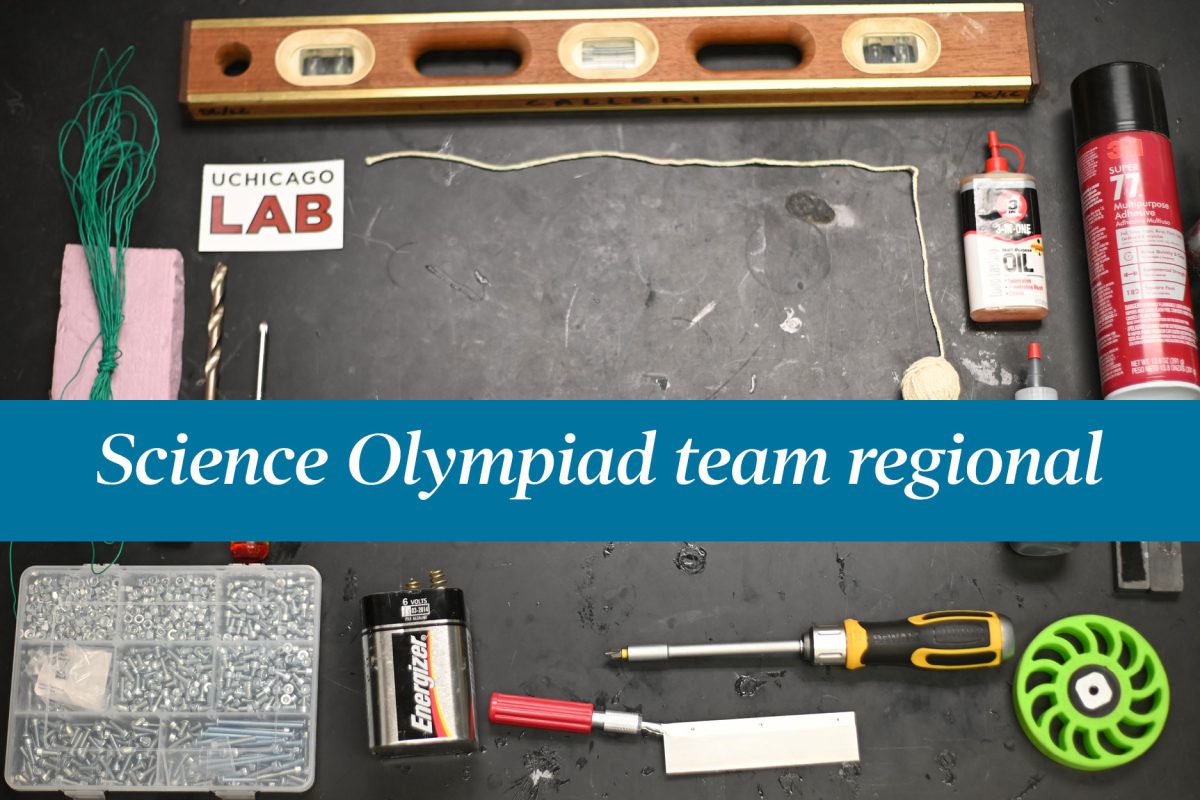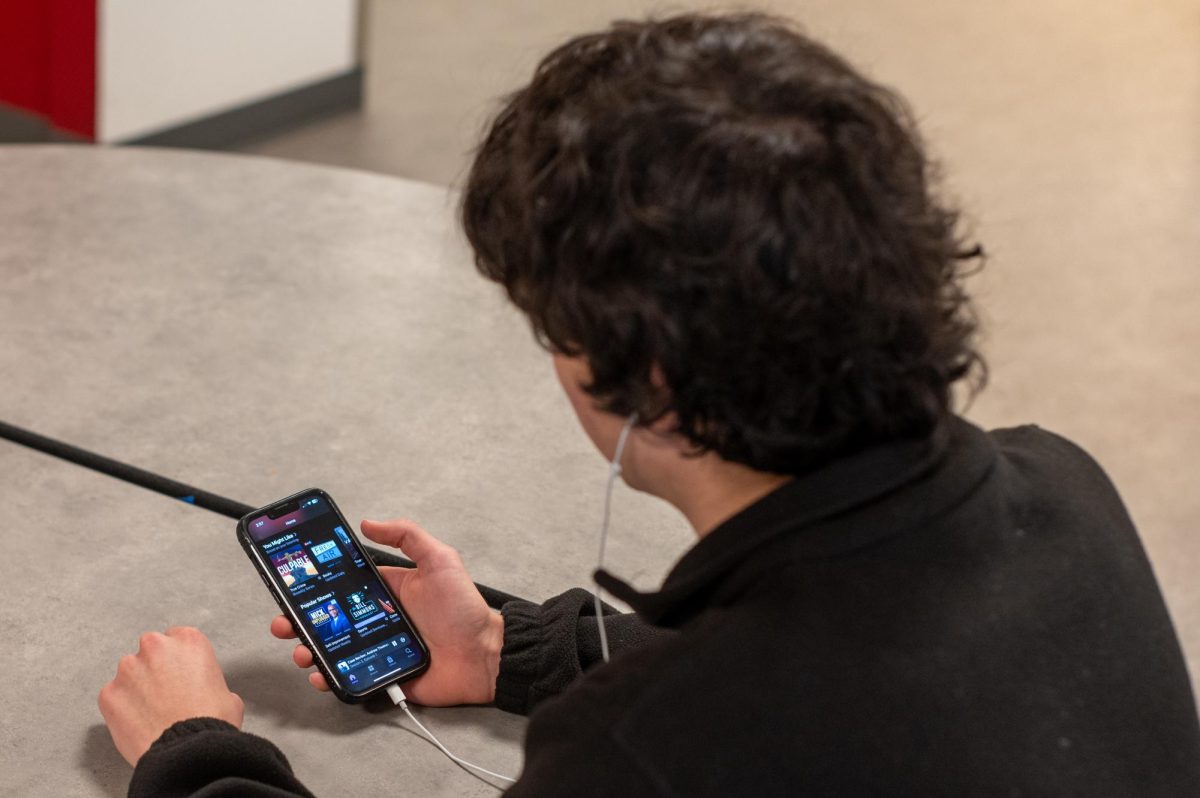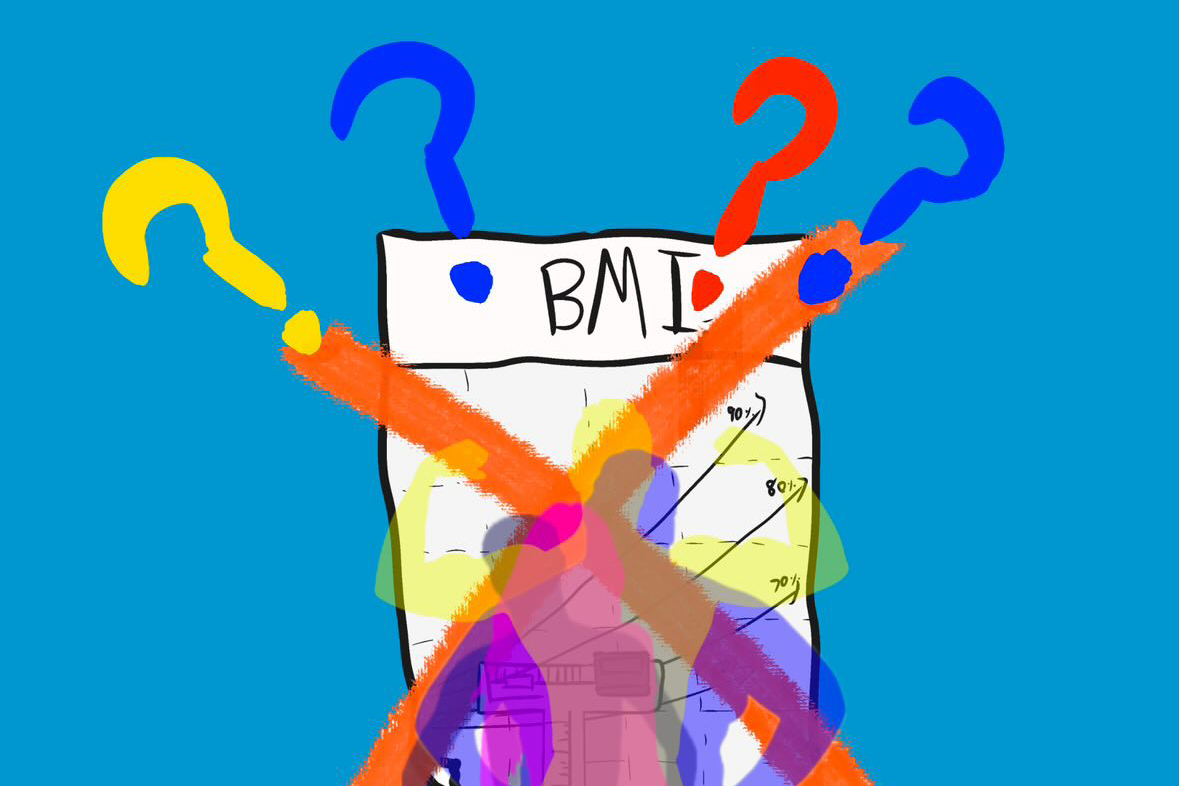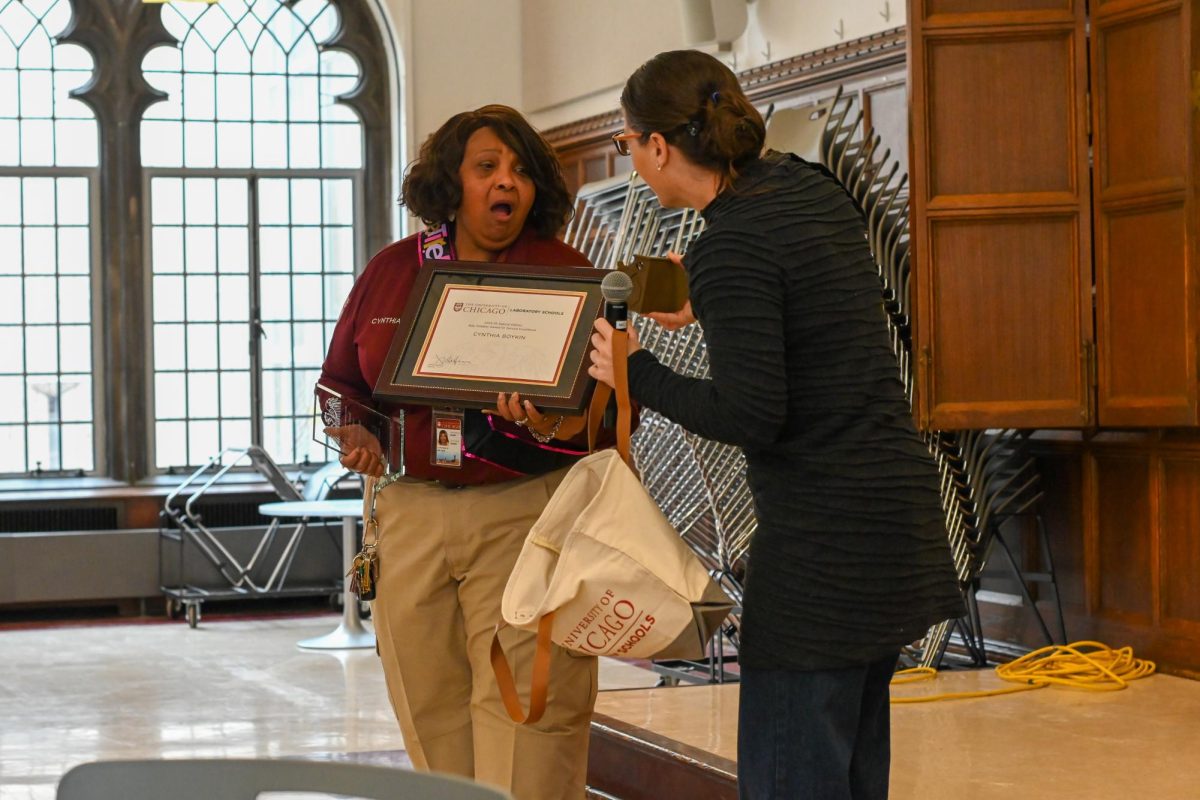“Who has been using ChatGPT to learn?” computer science teacher Eric Rizzi asked his Machine Learning class.
“I’ve been using it as a tool to answer any questions that I have,” one of his students responds.
“That’s great. I mean, that’s exactly how you are supposed to be using it,” Mr. Rizzi said.
The curriculum of the Machine Learning course has been adapted to include new policies and content in response to the recent widespread availability of generative AI tools such as ChatGPT.
For their final project, students have to complete a large-scale assignment with assistance from AI, testing their coding capabilities along with their prompt engineering skills.
“For the three quarters of the year they were learning the fundamentals,” Mr. Rizzi said, “and now it’s like: now that you know that, pick a very ambitious project that probably wouldn’t have been possible for a high school computer science class and try to move as quickly possible using code produced by ChatGPT.”
Students are also permitted to use AI for regular classwork, as long as they can show that they understand how their code functions, he said.
“I think with most classes this probably wouldn’t work,” Mr. Rizzi said. “I wouldn’t do this in any other computer science class, but given the content this seems to be the best way to encourage both learning from the tool but also making sure that people understand what’s coming out of it.”
Aimee Lucido, a 2009 U-High graduate who formerly worked in Android development at Uber, said she thinks the policy makes a lot of sense since it didn’t matter how her code was generated as long as it worked.
“When you’re working on a big codebase, any code you contribute has your name attached to it,” Ms. Lucido said. “So if something’s not working there they might come to you and say, ‘Hey, your code is not working.’ So if you don’t understand what your code is doing because it wasn’t made by you, then you’re screwed. But as long as you can say, ‘Yeah, here’s what it does,’ then you’re OK.”
Ms. Lucido also said she believes that students will use AI regardless of course regulations.
However, Mr. Rizzi observed that some of his students are reluctant to turn to ChatGPT for support, even though they are allowed to do so.
“I started the year trying to encourage people to use it occasionally when they were struggling as long as they were documenting when they did it,” he said. “Students were a little afraid to use the tool because they didn’t want to be ‘caught plagiarizing,’ so I think I need to improve the way that I communicate that.”





















































